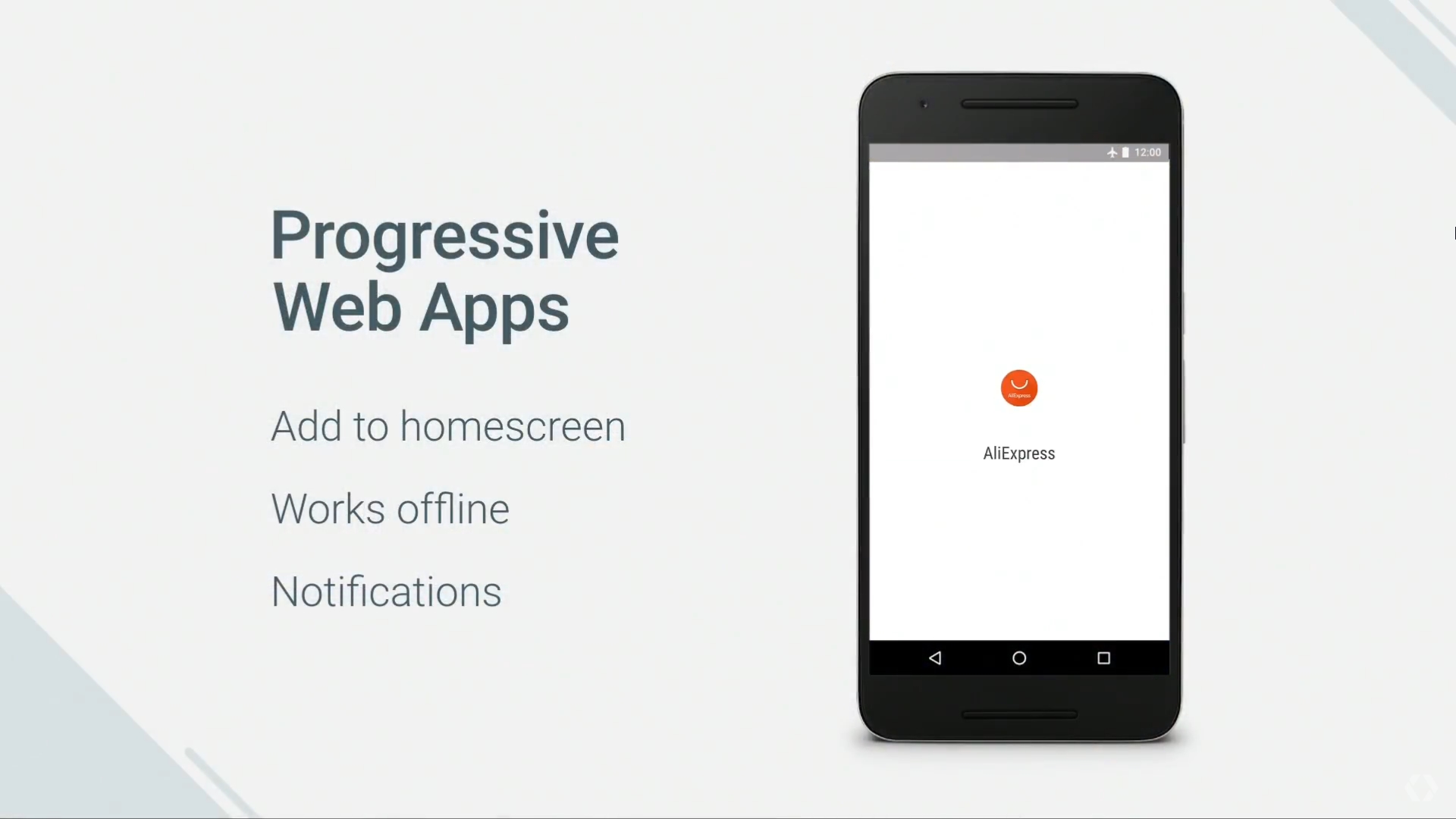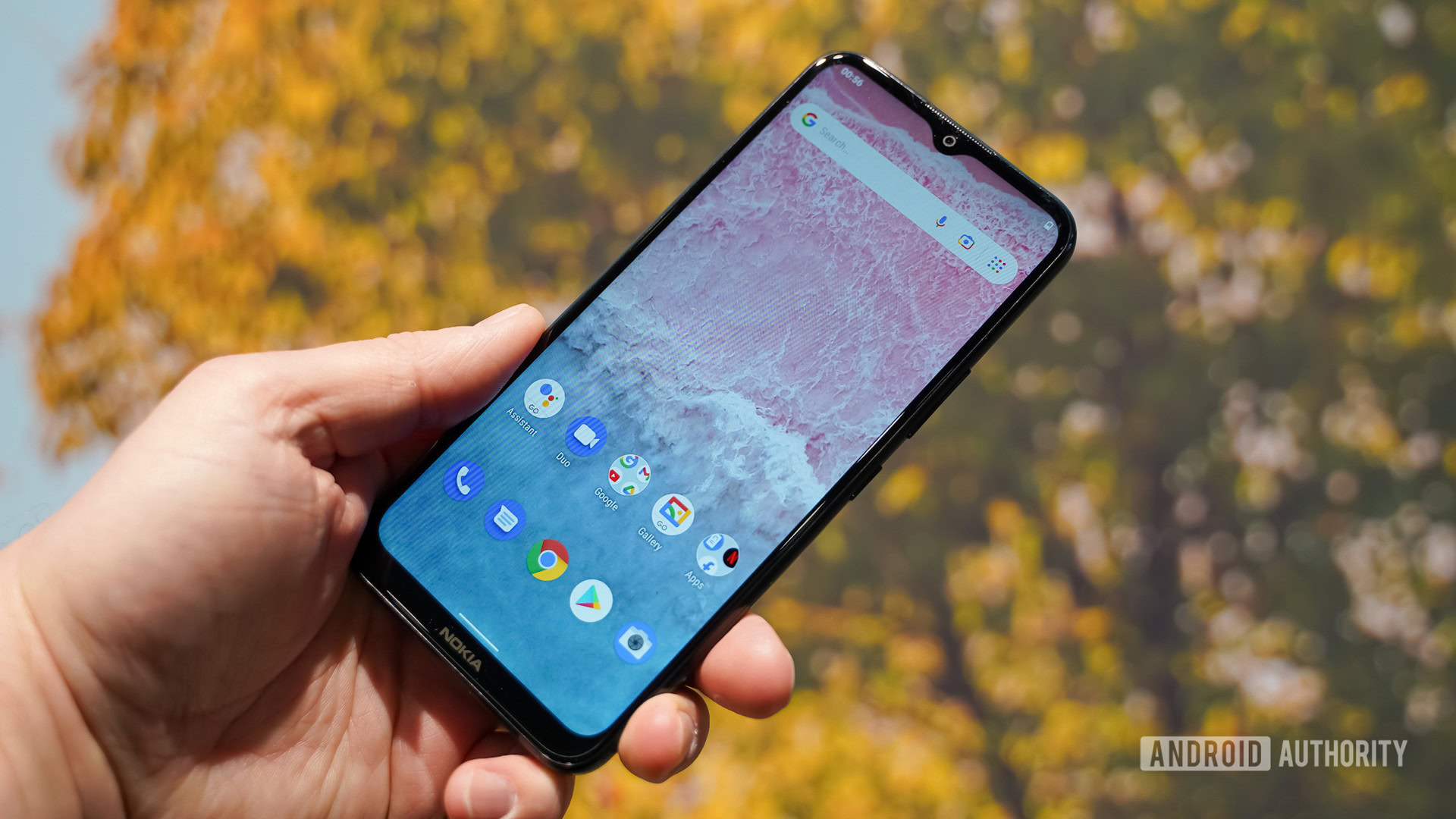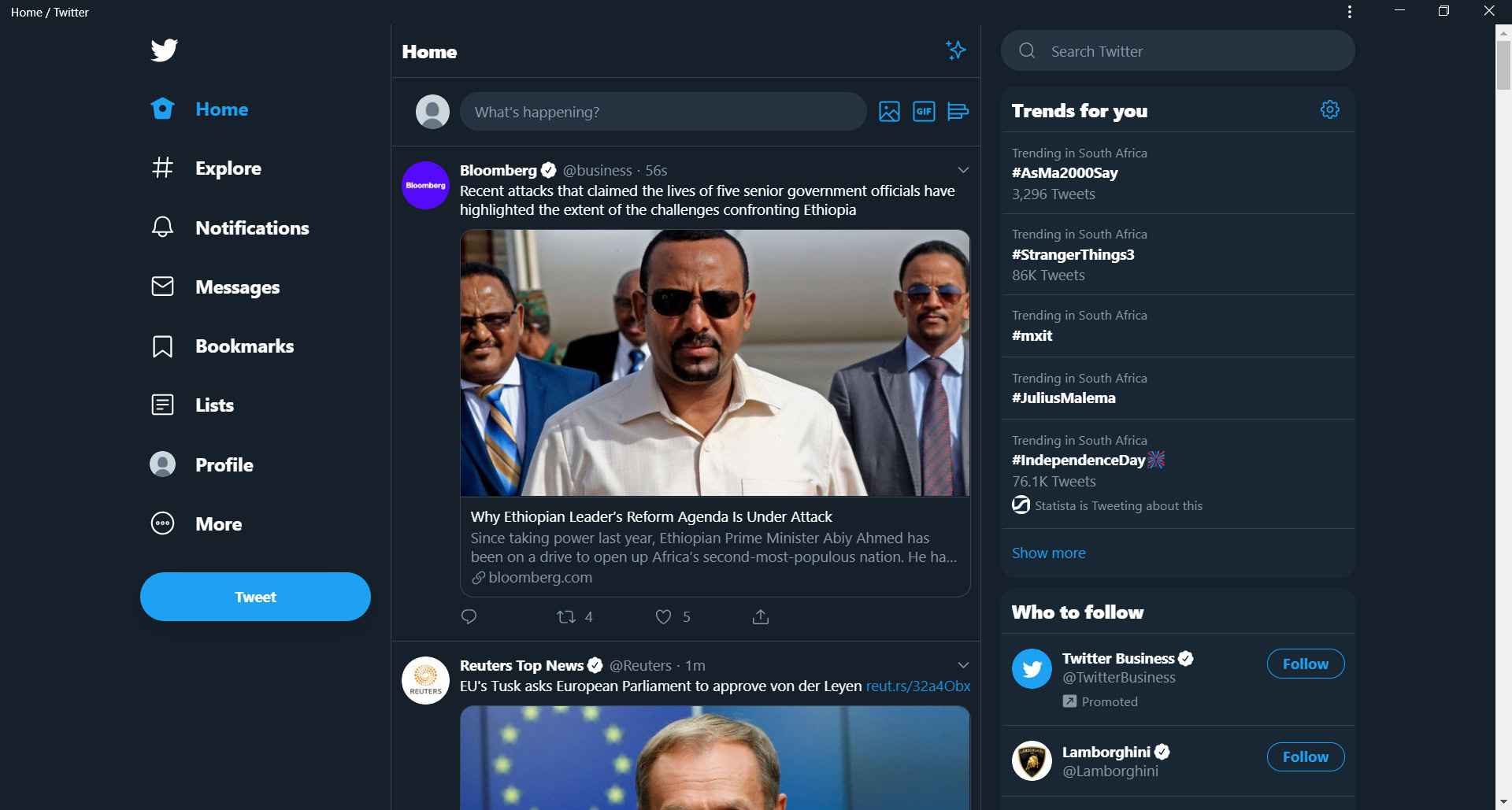Affiliate links on Android Authority may earn us a commission. Learn more.
Here's why you should care about progressive web apps
Published onJuly 7, 2019

Web apps have been part of the internet landscape for quite a few years now, allowing developers to essentially make their websites behave more like apps.
We’ve also seen a new generation of web apps emerge in the last two years or so, dubbed Progressive Web Apps (PWAs). Loads of developers have adopted this format recently too, ranging from Twitter to Google. So what exactly is a PWA and why are they gaining traction?
What is a Progressive Web App?
Simply put, a Progressive Web App is a more advanced version of a website, offering features you’d usually associate with apps. You can access a PWA by either visiting a given URL (e.g. Twitter.com) or by adding a PWA to your device from said website or an app store. By comparison, a traditional website can only be accessed via a web browser.

Supporting websites will prompt you to add their Progressive Web Apps to your homescreen if you’re on mobile (or you can manually do it via Chrome’s add to homescreen option). Installing a Progressive Web App on your desktop might require you to hit the “+” sign that appears in the address bar on Chrome. Desktop users might have to visit the mobile version of a website in order to see the install prompt though.
PWAs are responsive, too, meaning the website content will adjust according to the device being used. That doesn’t sound too different from your older web apps, right?
Why is it better than a traditional web app?

There are several advantages to using a Progressive Web App over a conventional web app. For starters, one of the biggest upsides is that you can receive notifications on your smartphone or PC from the PWA as if it were a native application. That means you don’t have to actually open the PWA in order to see what’s new.
Progressive Web Apps can be installed on your smartphone or PC. This means you can see the PWA listed in your app installation directory, for example. This differs from traditional web apps, which are essentially bookmarks with a fancy icon.
Progressive Web Apps offer offline functionality, notifications, and can be found in your app directory.
Progressive Web Apps can also deliver offline functionality, as opposed to merely seeing a 404 screen or blank page if you’re using a website or conventional web app while offline. In fact, Google cites the example of Nigerian e-commerce website Konga, which allows users to browse store categories and check out while offline. This applies to the Twitter PWA too, allowing you to view a cached timeline if you lose connectivity.
Google also calls for all content in Progressive Web Apps to be served from a secure source (HTTPS), going some way to ensure that you don’t encounter malware or any other suspicious content.
The search giant has recently introduced Trusted Web Activity functionality to Chrome as well, allowing some PWAs to deliver an experience without the Chrome browser UI showing up. This functionality is only available to Google-approved developers right now, owing to security concerns.
Companies with Progressive Web Apps
Some of the more prominent services/companies using PWAs right now include Flipkart, Instagram, Spotify, Telegram, Twitter, and Uber. These services all have full-fledged apps anyway, but a PWA means users unable or unwilling to install the full-sized apps have a viable alternative.
Google has also done its part to deliver PWAs, offering Google Maps, Google Photos, and Android Messages. Hopefully we see the likes of Google Play Music and Assistant added to the list.
Other notable services with PWAs include AliExpress, Flipboard, Pinterest, Starbucks, Tinder, and the Washington Post. Are there any other noteworthy Progressive Web Apps worth trying out? Let us know in the comments!
NEXT: How to set up a PayPal account — All your questions answered